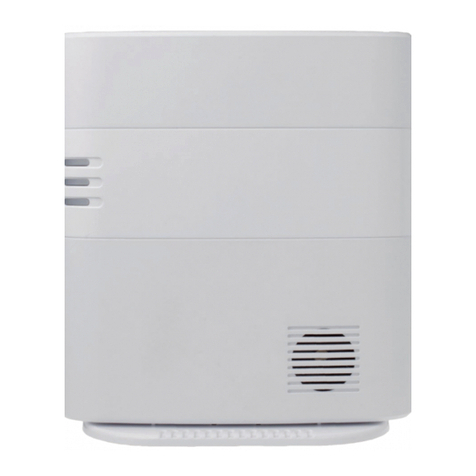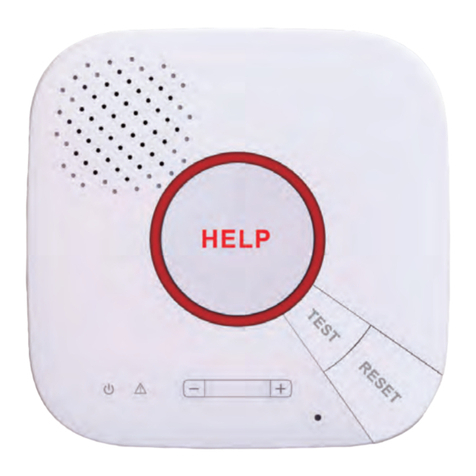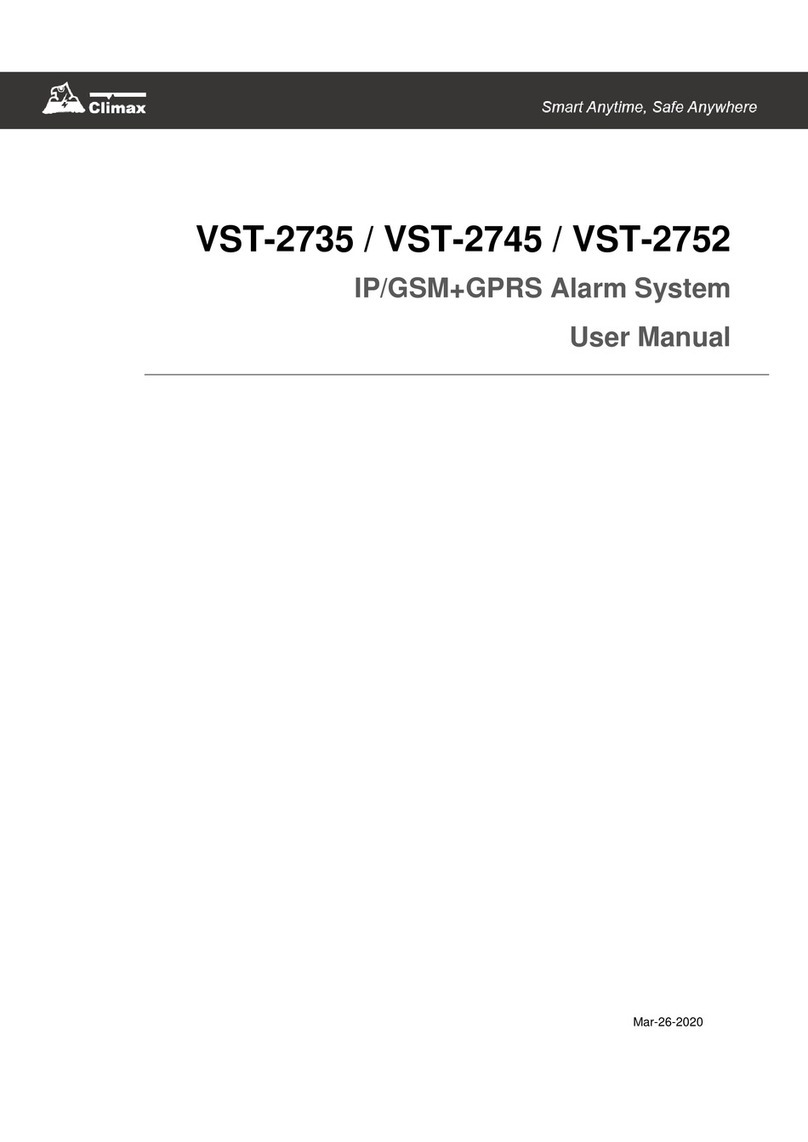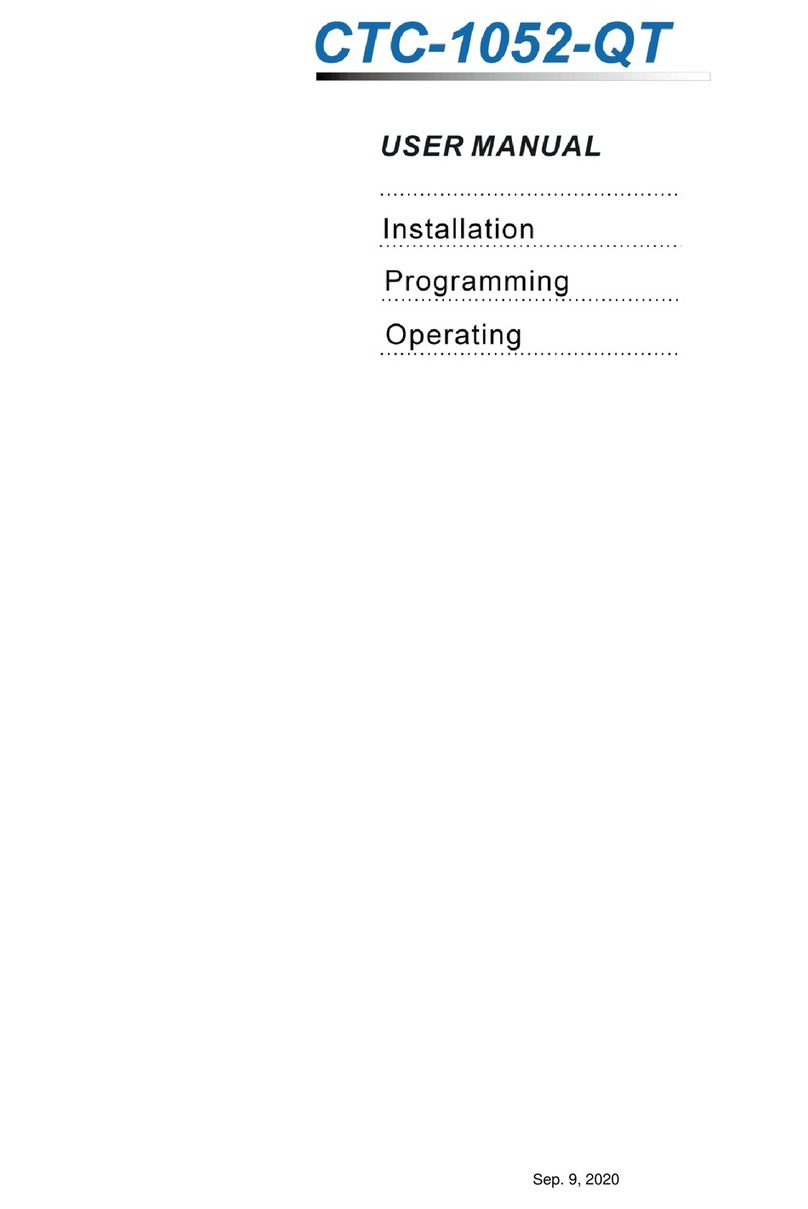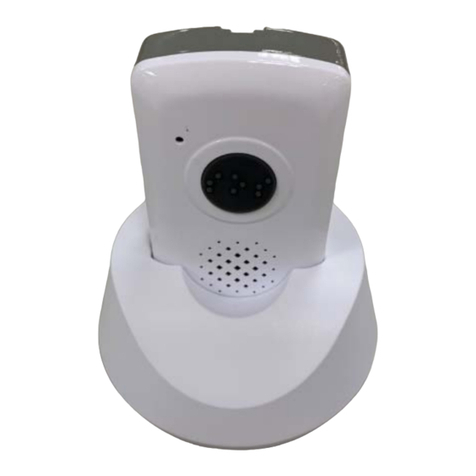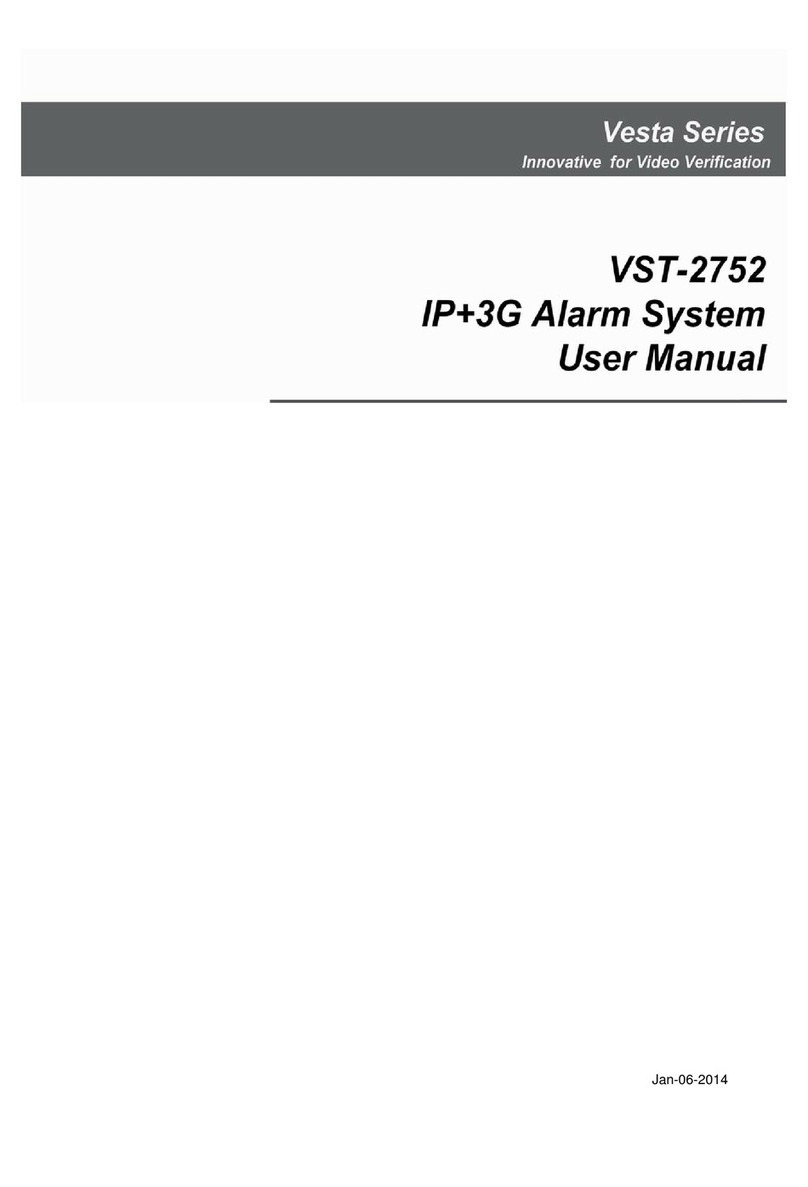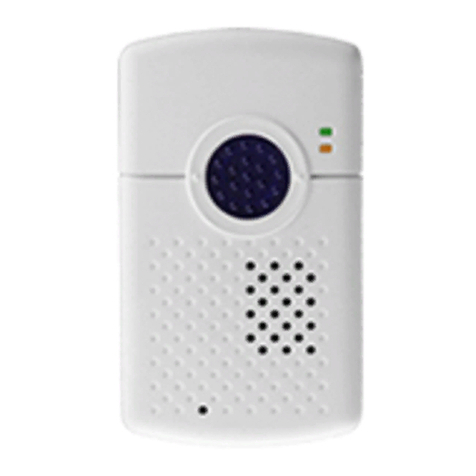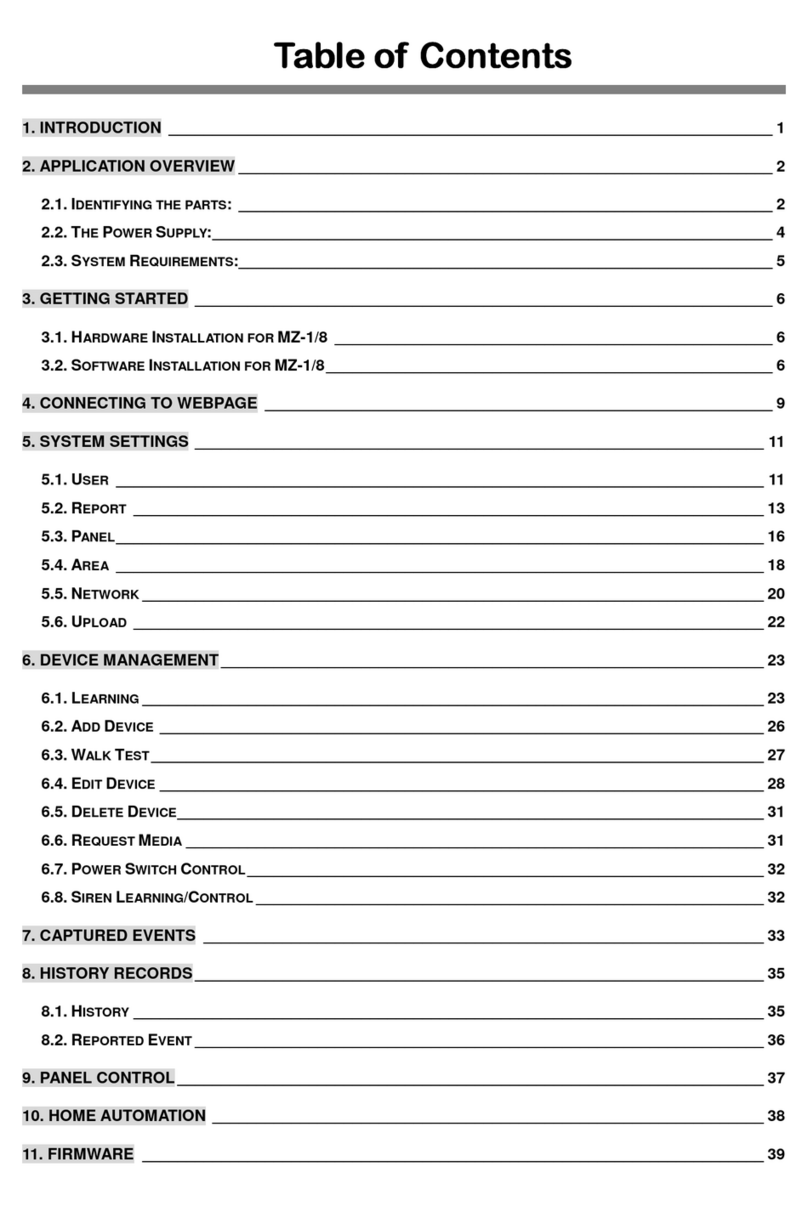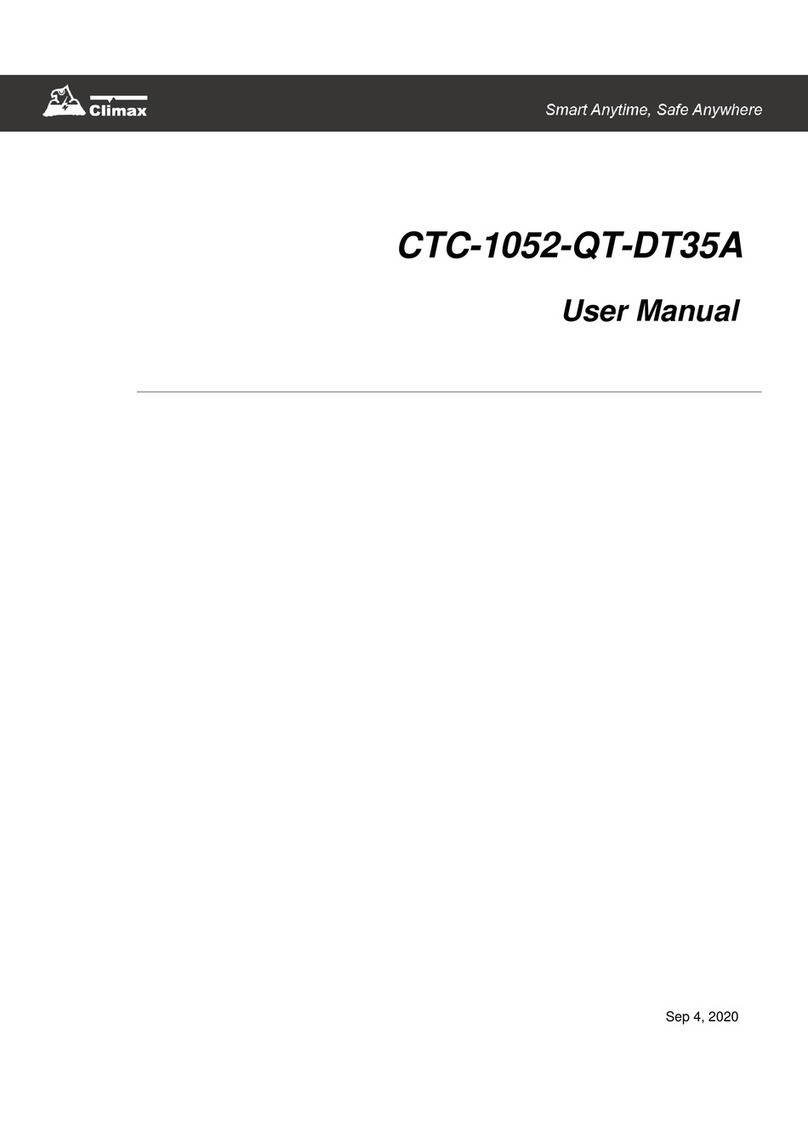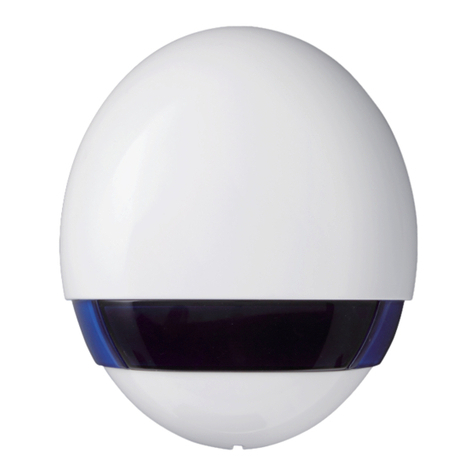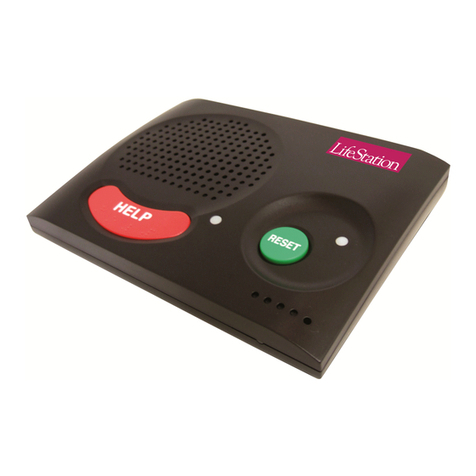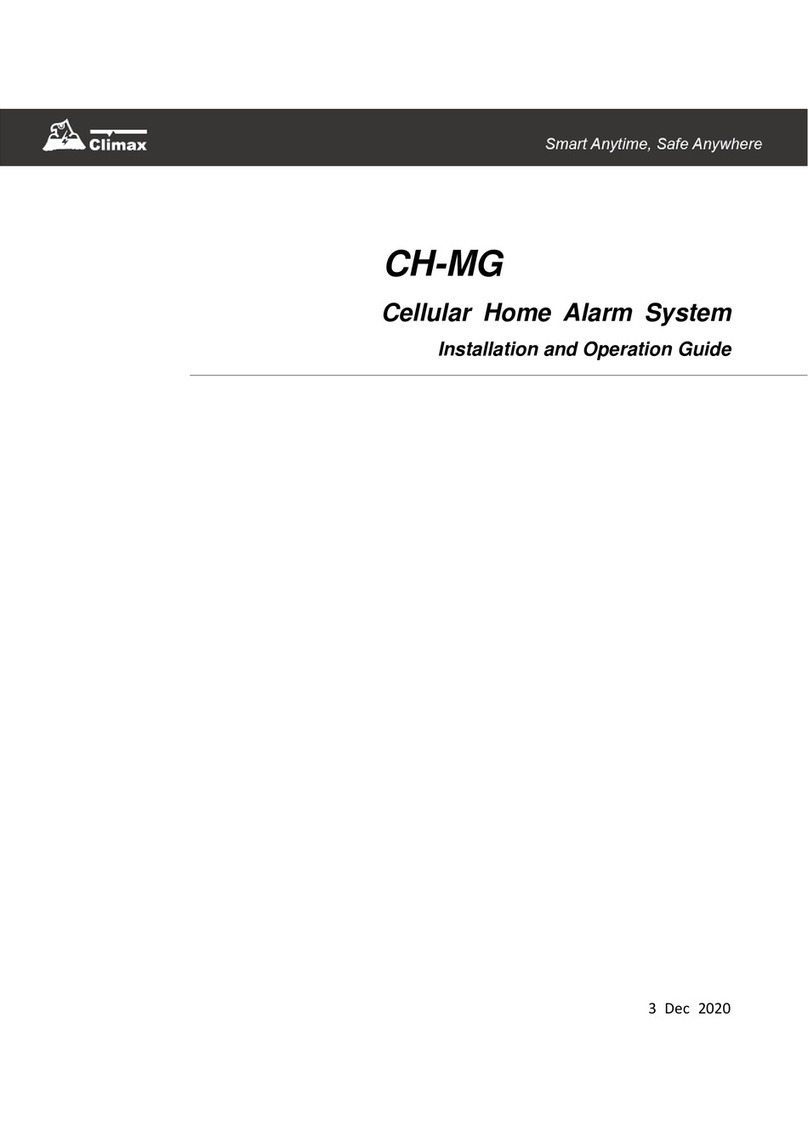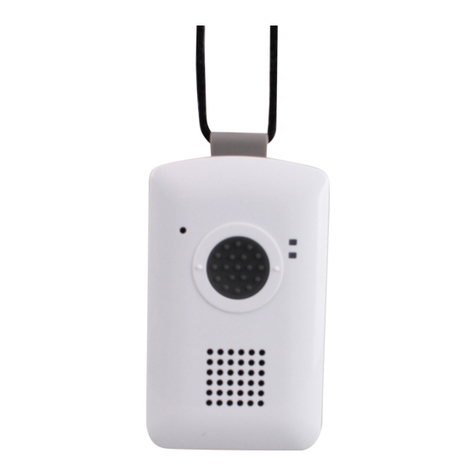
Table of Contents
1. INTRODUCTION..................................................................................................................1
1.1. MOBILE LITE R32................................................................................................................. 1
1.2. WHAT’S IN THE BOX.............................................................................................................. 1
2. SYSTEM OVERVIEW..........................................................................................................2
2.1. IDENTIFYING THE PARTS ....................................................................................................... 2
2.2. POWER SUPPLY .................................................................................................................... 3
3. GETTING STARTED – SETTING UP MOBILE LITE.........................................................4
3.1. MOBILE LITE LANYARD AND ATTACHMENT .........................................................................4
3.2. MOBILE LITE BELT CLIP AND ATTACHMENT......................................................................... 5
3.3. CHARGING MOBILE LITE....................................................................................................... 6
3.4. HARDWARE INSTALLATION (FOR PC PROGRAMMING)........................................................7
3.5. SOFTWARE INSTALLATION (FOR PC PROGRAMMING).........................................................9
3.5.1. Installing USB Driver................................................................................................... 9
3.5.2. Installing PC Programming Tool.............................................................................. 9
4. PROGRAMMING MOBILE LITE....................................................................................... 10
4.1. PC PROGRAMMING TOOL (INSTALLERS ONLY).................................................................10
4.1.1. SMS Program.............................................................................................................. 12
4.1.2. APN................................................................................................................................ 12
4.1.3. Report Setting............................................................................................................. 13
4.1.4. Setting........................................................................................................................... 18
4.1.5. Telemetry Log............................................................................................................. 20
4.1.6. System Log ................................................................................................................. 20
4.1.7. Device........................................................................................................................... 21
4.1.8. Miscellaneous............................................................................................................. 22
4.1.9. Firmware ...................................................................................................................... 23
4.2. SMS REMOTE PROGRAMMING........................................................................................... 24
5. LOCAL RF DEVICE MANAGEMENT............................................................................... 25
6. OPERATION....................................................................................................................... 26
6.1. CURRENT OPERATION CONDITION ..................................................................................... 26
6.2. GPS/WI-FI LOCATE FUNCTION.......................................................................................... 26
6.3. TEST MODE......................................................................................................................... 27
6.4. ALARM ACTIVATION ............................................................................................................ 27
6.4.1. Alarm Report Procedure.......................................................................................... 30
6.4.2. Callback Mode............................................................................................................ 31
6.4.3. Speech Reporting Method....................................................................................... 32
